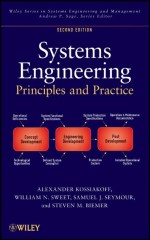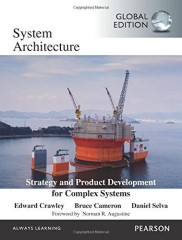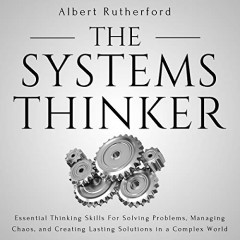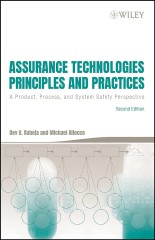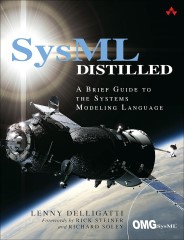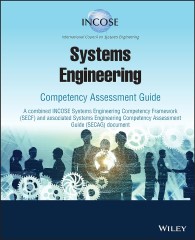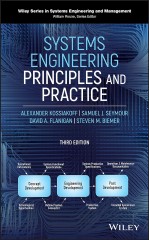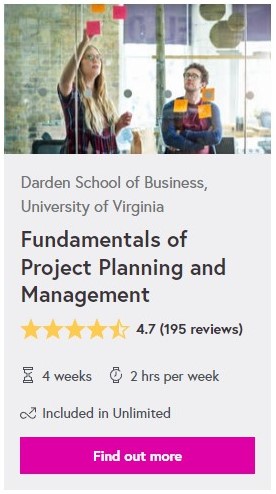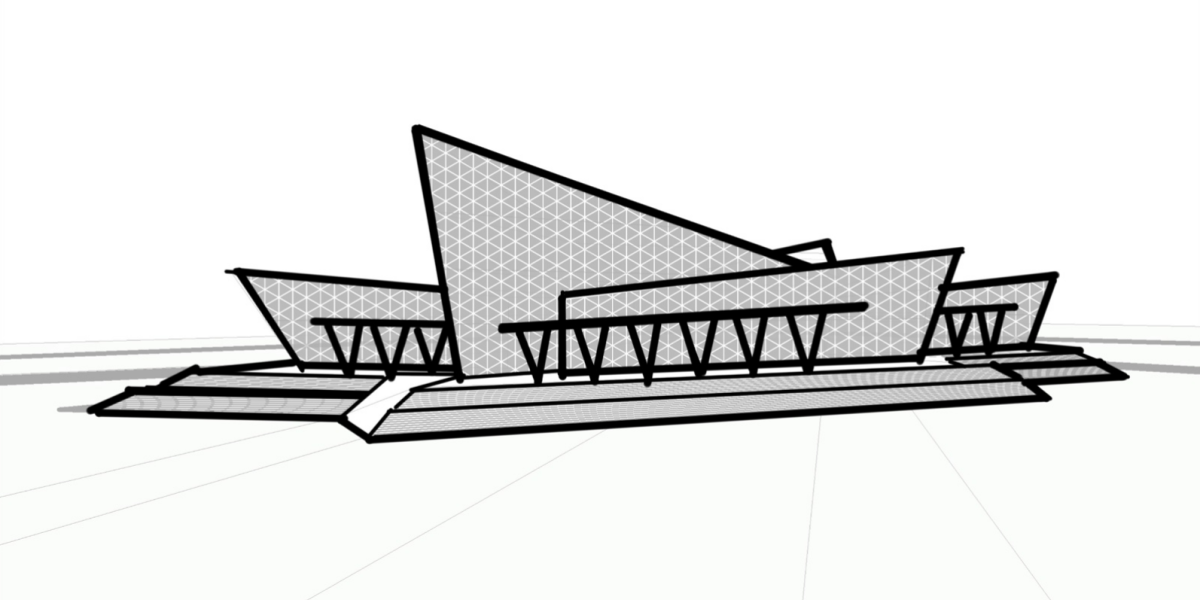Safety assurance is crucial in the construction industry, particularly in busy construction hubs like Australia, USA and the UK. It’s a broad term, encompassing various practices and protocols. These are designed to guarantee the safety and well-being of all involved in a construction project. This guide takes a deep dive into safety assurance, scrutinising its key elements. Additionally, it looks forward to future trends set to transform this essential field.
Table of Contents
What is Safety Assurance in Construction?
For those new to the term, safety assurance in construction is a methodical process designed to safeguard workers involved in a project. This comprehensive approach pinpoints potential dangers, instigates preventative measures, and upholds a secure work setting.
Physical safety measures such as using Personal Protective Equipment (PPE) and following safety protocols are components of safety assurance. However, it also encompasses fostering a safety culture. Everyone within this culture understands, is aware of, and commits to safety practices. Regular safety training, open dialogue about safety concerns, and enforcement of safety policies and procedures cultivate this culture.
Furthermore, safety assurance involves regular site inspections, risk assessments, and incident reporting and investigations. These practices help to identify and address safety risks, prevent accidents, and continually improve safety performance.
Safety assurance ensures everyone gets home safely each day. It’s a vital element in construction projects, contributing to project success. Moreover, it fosters workforce wellbeing and boosts the construction company’s reputation.

Understanding Safety Assurance in Construction Projects:
At its core, safety assurance in construction projects is about creating and maintaining a safe working environment. It involves a proactive approach to identifying potential hazards, implementing safety measures, ensuring adherence to safety regulations, and fostering a culture of safety awareness among workers.
Key Elements of Safety Assurance:
- Risk Assessment: Risk assessment is the cornerstone of safety assurance. It involves identifying potential hazards, assessing the associated risks, and devising strategies to mitigate these risks.
- Safety Training: Regular safety training sessions are crucial to equip workers with the knowledge and skills they need to work safely. These sessions should cover a wide range of topics, from the proper use of equipment to emergency response procedures.
- Personal Protective Equipment (PPE): PPE, such as helmets, safety glasses, and high-visibility clothing, plays a vital role in protecting workers from potential hazards.
- Safety Policies and Procedures: A comprehensive set of safety policies and procedures provides a clear framework for managing safety on construction sites. These policies should be strictly enforced and regularly reviewed to ensure their effectiveness.
- Regular Safety Inspections: Regular safety inspections are essential to identify potential safety risks and ensure that safety measures are being correctly implemented.
- Incident Reporting and Investigation: All incidents, regardless of their severity, should be promptly reported and thoroughly investigated. This helps to prevent similar incidents in the future and fosters a culture of accountability.
Distinguishing Safety and Safety Assurance
Safety Assurance
Safety assurance is a comprehensive, systematic approach to ensuring that safety measures are effectively implemented, monitored, and continuously improved. It encompasses both on-site safety and occupational safety requirements, but goes beyond them to create a culture of safety. Key elements include:
Risk Assessment and Management:
- Systematic identification of potential hazards
- Evaluating the likelihood and severity of risks
- Implementing and monitoring risk mitigation strategies
Safety Management Systems:
- Developing and maintaining comprehensive safety policies and procedures
- Establishing clear roles and responsibilities for safety management
- Implementing safety performance metrics and KPIs
Continuous Improvement:
- Regular safety audits and inspections
- Analysis of safety data and trends
- Implementing corrective actions and preventive measures
Safety Culture Development:
- Promoting a “safety-first” mindset throughout the organization
- Encouraging open communication about safety concerns
- Recognizing and rewarding safe behaviors and practices
Integration with Project Management:
- Incorporating safety considerations into project planning and scheduling
- Allocating resources for safety initiatives
- Considering safety impacts in decision-making processes
Stakeholder Engagement:
- Collaborating with subcontractors on safety initiatives
- Engaging with regulatory bodies and industry associations
- Communicating safety performance to clients and the public
On-Site Construction Safety
On-site construction safety refers to the specific measures and practices implemented at a construction site to protect workers, visitors, and the public from immediate physical hazards. This includes:
Physical Safeguards:
- Proper scaffolding and fall protection systems
- Barricades around hazardous areas
- Adequate lighting and ventilation
- Proper storage and handling of materials
Equipment Safety:
- Regular inspection and maintenance of tools and machinery
- Proper use of personal protective equipment (PPE)
- Safe operation of heavy machinery and vehicles
Environmental Controls:
- Dust suppression measures
- Noise reduction techniques
- Hazardous material containment
Emergency Preparedness:
- Fire prevention and firefighting equipment
- First aid stations and emergency response plans
- Evacuation procedures
Occupational Safety Requirements
Occupational safety requirements are the legal and regulatory standards that govern workplace safety across all industries, including construction. These typically include:
Regulatory Compliance:
- Adherence to OSHA (Occupational Safety and Health Administration) standards in the US
- Compliance with local and national building codes
- Following industry-specific safety regulations
Training and Certification:
- Mandatory safety training for all workers
- Specialized certifications for operating certain equipment or performing high-risk tasks
- Regular refresher courses on safety protocols
Health Monitoring:
- Regular health check-ups for workers
- Monitoring exposure to hazardous substances
- Implementing ergonomic practices to prevent long-term health issues
Reporting and Documentation:
- Maintaining accident and incident reports
- Documenting safety inspections and corrective actions
- Keeping records of employee training and certifications
By clearly delineating these three aspects of construction safety, organizations can ensure a comprehensive approach that not only meets regulatory requirements but also fosters a proactive safety culture throughout the project lifecycle.
Best Practices in Safety Assurance
| Area | Best Practices |
|---|---|
| Leadership and Commitment | • Establish a clear safety vision and policy • Demonstrate visible leadership commitment to safety • Allocate adequate resources for safety initiatives • Include safety performance in management evaluations |
| Risk Management / Hazard Log | • Conduct regular, comprehensive risk assessments • Implement hierarchical risk control measures • Review and update risk assessments throughout the project lifecycle • Involve workers in hazard identification and risk assessment processes |
| Safety Management Systems | • Implement a robust, documented safety management system • Align safety system with recognized standards (e.g., ISO 45001) • Regularly audit and review the safety management system • Integrate safety processes with other management systems |
| Training and Competence | • Provide comprehensive safety training for all workers • Ensure specialized training for high-risk tasks • Verify competence through assessments and certifications • Implement a system for ongoing safety education and awareness |
| Communication and Engagement | • Establish clear channels for safety communication • Conduct regular safety meetings and toolbox talks • Encourage reporting of near-misses and safety concerns • Recognize and reward positive safety behaviors |
| Performance Monitoring and Measurement | • Define clear safety performance indicators (leading and lagging) • Regularly collect and analyze safety data • Benchmark safety performance against industry standards • Use data analytics to identify trends and improvement opportunities |
| Incident Investigation and Learning | • Implement a robust incident reporting system • Conduct thorough root cause analyses for all incidents • Share lessons learned across the organization • Track and verify the effectiveness of corrective actions |
| Contractor Management | • Pre-qualify contractors based on safety performance • Align contractor safety requirements with organizational standards • Regularly audit and evaluate contractor safety performance • Foster collaborative safety improvement with contractors |
| Emergency Preparedness and Response | • Develop comprehensive emergency response plans • Conduct regular emergency drills and exercises • Provide emergency response training to key personnel • Review and update emergency plans based on drill outcomes and incidents |
| Continuous Improvement | • Implement a formal management review process • Set and review safety objectives and targets regularly • Encourage innovation in safety practices • Stay updated on industry best practices and emerging technologies |
Crossrail Project Case Study
The Crossrail project, now known as the Elizabeth Line, is a major railway infrastructure project in London. Its objective was to create a new east-west railway line, spanning 118 kilometres (73 miles) and connecting various suburban and urban areas. The project faced several challenges during its development and construction, and Safety Assurance played a crucial role in ensuring the safety of workers, stakeholders, and the public.
Challenges in Safety Assurance
- Construction Risks: The complexity of the project, including tunnelling under existing infrastructure and managing large-scale excavation, presented construction risks that needed to be addressed through Safety Assurance. Hazards such as cave-ins, worker safety, and potential disruptions to nearby structures had to be mitigated.
- Occupational Health and Safety: The construction industry poses various occupational health and safety challenges. Safety Assurance in the Crossrail project had to prioritise worker safety by implementing stringent safety protocols, ensuring proper use of personal protective equipment, and providing comprehensive training programmes.
- Interface Management: With multiple contractors, stakeholders, and interfaces involved, Safety Assurance needed to focus on effective coordination and communication. Ensuring that safety requirements and standards were understood and followed by each entity was crucial to prevent accidents or incidents.
Outcomes of Safety Assurance
- Safety Culture: Safety Assurance efforts fostered a strong safety culture throughout the project. The emphasis on safety as a core value created an environment where all workers and stakeholders actively engaged in identifying and mitigating risks, reporting concerns, and continuously improving safety practices.
- Incident Prevention: Safety Assurance measures, including comprehensive hazard identification and risk assessment, contributed to proactive measures that prevented incidents and accidents. Mitigation strategies, improved construction methodologies, safety training, and equipment enhancements helped reduce the likelihood of safety-related incidents.
- Worker Welfare and Public Safety: Safety Assurance prioritised worker welfare and ensured the safety of the public during construction. Measures such as ergonomic assessments, fatigue management programmes, and regular health and safety inspections created a safe working environment and minimised risks to workers and the public.
In summary, the Crossrail project faced challenges related to construction risks, occupational health and safety, and interface management. Through effective Safety Assurance, the project achieved positive outcomes, including the development of a strong safety culture, incident prevention, enhanced worker welfare, and the safety of the public. The project serves as a notable case study highlighting the importance of Safety Assurance in ensuring the successful and safe delivery of a major infrastructure project.
Recommended Future Learn Short CoursesEmerging Trends in Safety Assurance
Technology-Driven Safety Measures: The advancement of technology is revolutionizing safety assurance practices in the construction industry. The integration of drones, wearable technology, and augmented reality is transforming site inspections, safety training, and hazard identification processes. Drones equipped with cameras and sensors enable efficient monitoring of construction sites, allowing for real-time assessment of potential safety risks. Wearable technology, such as smart helmets or vests, can track workers’ vital signs and detect hazardous conditions, providing early warnings and enhancing overall safety. Augmented reality tools enable workers to visualize potential hazards in their work environment, facilitating better decision-making and risk prevention.
Emerging Trends in Safety Assurance
| Trend | Key Points |
|---|---|
| 1. Technology-Driven Safety Measures | • Drones for site inspections and monitoring • Wearable technology (smart helmets, vests, watches) • Augmented reality for hazard visualization • IoT sensors for real-time environmental monitoring • AI/ML for predictive safety analysis |
| 2. Data Analytics in Safety Management | • Big data analysis for identifying safety trends • Predictive analytics for risk forecasting • Real-time safety performance dashboards • Data-driven decision making in safety management |
| 3. Mental Health and Wellbeing Focus | • Recognition of mental health as a safety factor • Implementation of mental health first aid programs • Stress management and work-life balance initiatives • Addressing substance abuse in construction |
| 4. Sustainability and Safety Synergies | • Integration of green building practices with safety measures • Use of sustainable materials that enhance safety • Energy-efficient designs creating healthier work environments • Climate change adaptation strategies in safety planning |
| 5. Fostering a Robust Safety Culture | • Promoting a “safety-first” mindset throughout organizations • Encouraging open communication about safety concerns • Implementing safety leadership programs • Recognizing and rewarding safe behaviours and practices |
| 6. Global Perspectives on Safety Assurance | • Comparative analysis of international safety standards • Case studies of successful global safety programs • Cultural factors influencing safety practices • International collaboration in safety innovation |
| 7. Economic Considerations in Safety Assurance | • Cost-benefit analysis of safety investments • Long-term economic benefits of strong safety records • Impact of safety on company reputation and contract acquisition • Insurance and liability considerations |
| 8. Future Directions in Construction Safety | • Anticipated changes in safety regulations and standards • Emerging technologies shaping future safety practices • Changing workforce demographics and safety needs • Potential impacts of climate change on construction safety |
Data Analytics
The use of data analytics is gaining traction in safety management. By harnessing the power of data, construction companies can identify patterns, analyze historical safety incidents, and identify potential risks. Predictive analytics models can be developed to forecast safety risks based on various factors, such as weather conditions, worker behavior, and project complexity. Data-driven insights allow companies to prioritize safety interventions, allocate resources more effectively, and proactively implement safety measures to prevent accidents and injuries.
Mental Health Considerations
The building sector now acknowledges the importance of mental health for overall safety. Firms are progressively prioritising their workers’ mental health. They’re rolling out stress management programs, mental health awareness initiatives, and counselling services. Moreover, they offer mental health first aid training to arm supervisors with the skills to spot distress signs and give suitable support. By identifying and addressing mental health issues, we can create a safer workspace. This reduces the chances of poor judgement or lack of focus due to mental health matters.
Sustainability and Safety
The relationship between sustainability and safety is gaining recognition. Construction companies are adopting sustainable practices that not only benefit the environment but also enhance safety. Using non-toxic materials reduces health risks for workers and occupants of completed structures. Implementing noise reduction measures minimizes noise pollution, thereby protecting workers’ hearing health and reducing distractions that could compromise safety. The integration of sustainability principles into safety assurance strategies promotes holistic risk management, ensuring that safety considerations are aligned with broader environmental and social goals.
Increased Focus on Safety Culture
Construction organisations are increasingly focusing on building a robust safety culture. This culture encapsulates shared values, attitudes, and behaviours that place safety at the forefront. Companies are investing in extensive safety training programs, promoting open communication for reporting safety issues, and empowering employees to take an active role in safety management. By fostering a sense of ownership and accountability, organisations create an environment where safety extends beyond compliance, becoming a shared responsibility. Cultivating a positive safety culture boosts hazard detection, proactive risk reduction, and enhances overall safety performance.
Conclusion
Emerging safety assurance trends showcase the industry’s ongoing efforts to adopt technological advances, data-driven choices, holistic well-being considerations, sustainability incorporation, and a proactive safety culture approach. By keeping ahead of these trends, construction firms can improve safety results, minimise incidents, and foster safer, healthier working environments for all involved stakeholders.
Safety assurance within construction projects is a vibrant, evolving arena. With the introduction of innovative technologies and a heightened focus on mental health and safety culture, the future of safety assurance holds an exciting, transformative promise. By keeping pace with these trends and constantly pushing for enhancement, construction firms can guarantee worker safety and well-being, ultimately leading to project success.
Remember, safety in the construction realm isn’t merely a regulatory obligation. It’s an investment that offers significant returns in the form of fewer accidents, heightened productivity, and a healthier, more content workforce.


